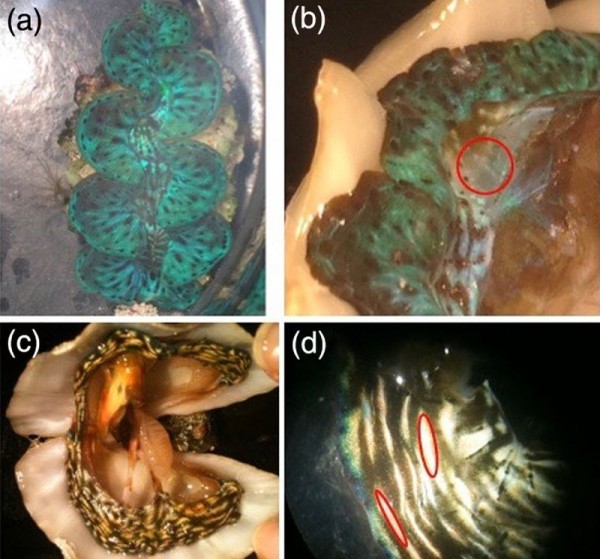Research experts from the University of California, Santa Barbara, recently discovered the key to improving solar cells and color display in Giant Clams (PDF). New findings suggest that at least two or more giant pythons can generate white by absorbing red, green, and blue light, similar to the display screens of televisions and smart phones.

Giant oysters live primarily in coral reefs in the Pacific and Indian Oceans and can live for more than 100 years. The longest body length may reach 119cm. Their growth is symbiotic with seagrasses. Seaweeds live inside giant clam shells, using the waste generated by giant clams as ingredients, and algae produce the carbohydrates needed by giant clams through photosynthesis.
The scientific research team systematically studied each color produced by the two giant storks of the genus Tridacna maxima and the scientific name Tridacna derasa in order to understand why they would produce white color. The study found that the long-billed quail mainly through compact cells of different colors, while the non-porridge is produced by the multi-colored independent cells in macroscopic white.
The current screen display uses primarily LEDs or other light sources, but essentially these giants need only sunlight to achieve the same effect. Scientists are trying to imitate these giants to create a light source for nearby light sources (such as sunlight and common room light). ) Can achieve a colorful screen.

Guangzhou Aiberry Pet Products Co., Lt , https://www.aiberrycn.com